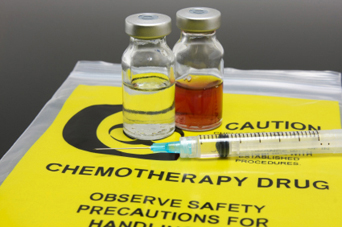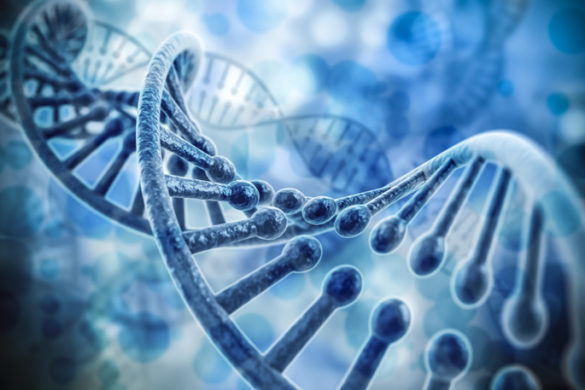
Quinolones, such as ciprofloxacin (Cipro), are the most commonly prescribed antibacterials in the world. Their use is threatened, however, by an increasing prevalence of bacterial resistance.
Quinolones kill bacteria by increasing DNA strand breaks generated by the bacterial enzymes gyrase and topoisomerase IV. Resistance to quinolones most often arises from mutations in these two target enzymes. Neil Osheroff, Ph.D., graduate student Katie Aldred and colleagues characterized the catalytic activities, metal requirements and sensitivity to quinolones of a series of mutations in the Bacillus anthracis topoisomerase IV enzyme.
They report in the journal Nucleic Acids Research that two specific amino acids in topoisomerase IV help build a water-metal ion “bridge” that enables the interaction between quinolones and the enzyme. When these two amino acids are mutated, the bridge does not form, and quinolones cannot interact with the enzyme – resulting in resistance.
The results provide a mechanistic understanding of a common cause of quinolone resistance and may suggest strategies for overcoming it.
This research was supported by grants from the National Institutes of Health (AI081775, AI087671, GM033944, CA009582).















